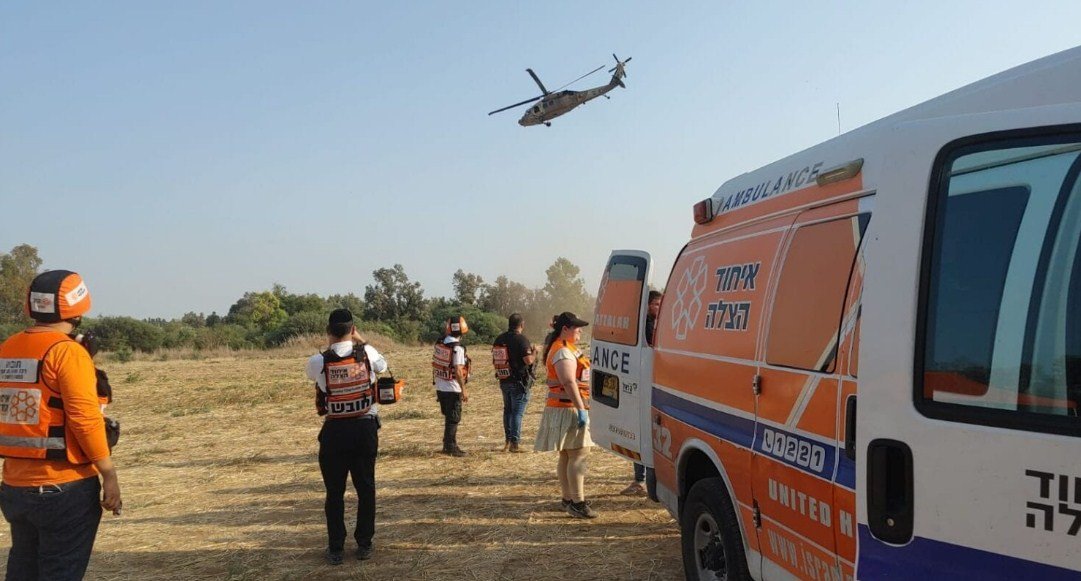Israel is known for its cutting-edge technology and start-up culture, but did you know that some of the most creative and useful innovations come from tech students who design equipment for the Israel Defense Forces (IDF) and other emergency services? In this article, we will explore some of the projects that these talented students have developed and how they are making a difference in saving lives and improving security.
A backpack system for earthquake rescue
Arad Rubinovitch is a student at the Bezalel Academy of Arts and Design, who trained for earthquake rescue while in the IDF search and rescue unit. She noticed that the equipment used by the rescuers was often bulky, heavy, and hard to access. She decided to create a backpack system that contains all the necessary equipment in convenient, easy-to access compartments. “It’s really simple tools,” she said, not items that require a lot of guidance.
The backpack system includes a helmet, gloves, goggles, a flashlight, a hammer, a crowbar, a saw, a rope, a whistle, a first aid kit, and a water bottle. The backpack also has a built-in speaker that can play calming music or instructions for the rescuers. Rubinovitch said that her project aims to make the rescuers more efficient and confident in their mission. “I wanted to give them a feeling of security and comfort,” she said.
A 3D printing team for engineering projects
Ido Rosenblat is the head of a unit in the Northern Command’s engineering branch, who is passionate about using technology to improve the IDF’s capabilities. He initiated a project called WePlan, which is a team of soldiers who use 3D printing and design software to create models for innovative solutions in engineering projects at the planning stage.
The WePlan team can help commanders visualize and test different scenarios and options before actually building something. For example, they can create a 3D model of a protective building or a training area, and see how it would fit in the terrain and withstand different threats. “We can save a lot of time and money by using this technology,” Rosenblat said.
The WePlan team is part of a larger technological center in the Northern Command, which also includes the Amit Center, which develops and implements unique software and hardware solutions for the command’s operations. The Northern Command is considered a miniature start-up nation within the IDF, as it fosters a culture of innovation and creativity among its soldiers.
An AI-driven system for emergency dispatch
Magen David Adom (MDA) is Israel’s national emergency medical service, which responds to thousands of calls every day. To make its response faster and more effective, MDA has developed an AI-driven system that shows dispatchers the available resources in a map section, including defibrillators, ambulances, and first-responder Medicycles. The system can also proactively move paramedics or other resources into an area based on the likelihood of a medical emergency happening there, shortening response times.
The AI system also links MDA’s dispatch system to the Fire and Rescue Authority, the police, and the IDF, so that if an emergency requires multiple agencies, they will be dispatched automatically without having to call each other. For example, if MDA receives a call about a person injured in a shooting, police will simultaneously be dispatched to the scene, along with MDA’s paramedics and ambulances.
The AI system also determines the best routes for the ambulances and fire trucks to the emergency, based on real-time traffic data. A call-taker at either organization can override the AI system’s decision, but rarely would that be prudent, according to Ido Rosenblat, director of MDA’s technology division, which developed the system. “We tested this system for a long period of time before it was fully implemented and what was clear is that the AI system can make faster decisions and, based on the resources needed to respond to the emergency, often more appropriate decisions,” he said.
These are just some of the examples of how tech students are creating innovative solutions for Israel’s emergency services, using their skills and knowledge to make a positive impact on society. These students are not only developing technology, but also saving lives and enhancing security.

